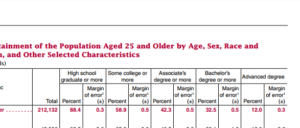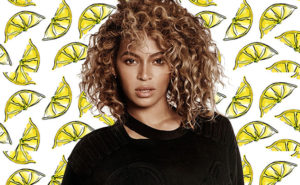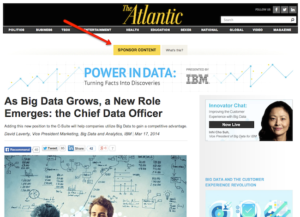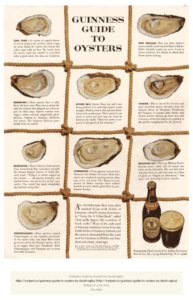When you google “college degree,” you will easily find at least one article opening with a question, “Is college degree worth it?” As a graduate student at USC and a current administrator in a university, I praise how valuable higher education is. Unfortunately, many journalists and bloggers disagree. Every year, they release articles with a title like “10 most worthless college degrees” and infuriate many college graduates who actually hold the listed degrees. Well, at least, I am furious since communication degree is listed.(http://www.thesimpledollar.com/10-worst-college-degrees-to-earn-in-2015/)
Educational attainment in the U.S has been increasing since 1995 but still Bachelor’s degree holders were only 32.5 percent of population 25 and older according to U.S. Census (Ryan and Bauman, 2016). OECD reported that U.S. ranked 11th in educational attainment in the world, while South Korea, Japan, and Canada claimed to be the top three (OECD, 2016). The result was surprising considering the fact that about 150 out of 1000 are the U.S. universities listed in the world university rankings.
(https://www.timeshighereducation.com/student/best-universities/best-universities-united-states)

(Source: http://www.census.gov/content/dam/Census/library/publications/2016/demo/p20-578.pdf)
In contrast to my beliefs, college degrees may not be important to many individuals. They do not guarantee one’s success, and Steve Jobs and Mark Zuckerberg chose to drop out from their colleges yet are known as successful figures who heavily influenced today’s communication and consuming patterns. As the public devalue college degrees, higher ed industry should continuously develop effective marketing strategies to maintain or increase the enrollment rates.
Differentiation is the key to the institution’s success. Take a look at the list of all the taglines
http://www.stamats.com/resources/tagline-repository?sort=institution. When you go through them, you will see how similar all these taglines are expressing. Type success in the search box. You will find 49 universities or colleges that use the word to express themselves. Stoner(2016) concerns how difficult it is for universities to stay different from each other. They offer similar programs, execute similar strategies, and have similar administrative systems. This is where storytelling becomes significant to find an institution’s own identity to appeal to its current and prospective students and internal stakeholders. (Jones, 2016). Social media’s role in higher education is strongly emphasized when sharing the experience and the culture. It is like expanding the brand experience and strengthening emotional connections.

When I came across Tim Jones’ article, I realized strategic market segmentation would be the tie breaker in the higher education industry. He argues that colleges and universities tend to consider their target audience as “everyone,” and their market segments are sometimes overly generic by grouping undergraduate vs. graduate students, or online vs. residential student (Jones 2016). To come up with sophisticated strategies, identifying and knowing the target audience and making relevant messages to them are crucial. For instance, Parthenon Group suggested six major student segments who need differentiated messages: Aspiring Academics, Coming of Age, Career Starter, Career Accelerator, Industry Switcher, and Academic Wanderer. You may find specific definition of each segment from the link below:
http://cdn.ey.com/parthenon/pdf/perspectives/4.4.2-The-Differentiated-University-Part-I-1-disclaimer.pdf
Higher Education tends to have very conservative natures and strong resistance to change. However, the competition will grow severe, and failure to adopt the new marketing strategies will make the school floundering. With effective marketing strategies, universities and colleges will be able to appeal to students with its unique voice.










